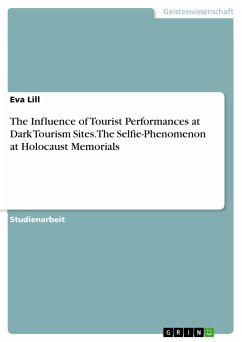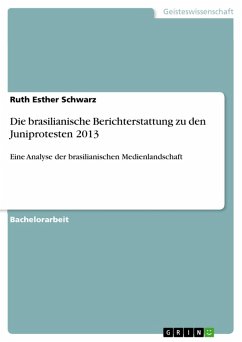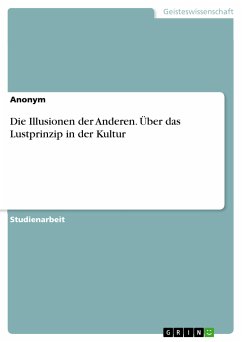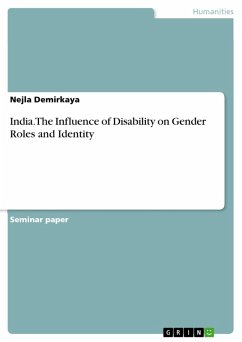
The Influence of Tourist Performances at Dark Tourism Sites. The Selfie-Phenomenon at Holocaust Memorials (eBook, PDF)
Sofort per Download lieferbar
Statt: 15,95 €**
13,99 €
inkl. MwSt. und vom Verlag festgesetzt.
**Preis der gedruckten Ausgabe (Broschiertes Buch)
Alle Infos zum eBook verschenkenWeitere Ausgaben:

PAYBACK Punkte
0 °P sammeln!
Studienarbeit aus dem Jahr 2017 im Fachbereich Kulturwissenschaften - Holocaust-Studien, Note: 1,3, Katholische Universität Eichstätt-Ingolstadt, Sprache: Deutsch, Abstract: The paper discusses the cultural phenomenon of taking selfies as an act of recent tourist performance in the light of dark tourism. The aim is neither to focus on the purpose of dark tourism nor the purpose of this behaviour, but to examine how it is influencing the role and meaning of highly sensible places - in this case - the Holocaust memorials. The analysis will be based on the following research question: How do mo...
Studienarbeit aus dem Jahr 2017 im Fachbereich Kulturwissenschaften - Holocaust-Studien, Note: 1,3, Katholische Universität Eichstätt-Ingolstadt, Sprache: Deutsch, Abstract: The paper discusses the cultural phenomenon of taking selfies as an act of recent tourist performance in the light of dark tourism. The aim is neither to focus on the purpose of dark tourism nor the purpose of this behaviour, but to examine how it is influencing the role and meaning of highly sensible places - in this case - the Holocaust memorials. The analysis will be based on the following research question: How do modern forms of tourism performance influence the role of dark tourism sites? What do Pompeii, Ground Zero, Chernobyl, the Costa Concordia shipwreck or Auschwitz memorial have in common? They are all part of an ever-growing phenomenon in the contemporary society, the so called dark tourism. This kind of tourism, which involves travelling to sites of former death or horror, is not new but increasingly getting popular. Another current tourism trend is the search for personal involvement through self-presentation - in other words - taking a selfie. The Oxford Dictionary, 2013 defines selfie as: "a photograph that one has taken of oneself, typically one taken with a smartphone or webcam and uploaded to a social media website." But how do both trends interrelate? As the selfie-behaviour can be observed at all types of tourism destinations, it doesn't stop at places of former death and suffering. The project "Yolocaust" of the satirist Shahak Shapira deals with this behaviour at the Holocaust memorial in Berlin. By transforming the selfies that some guests uploaded on popular social media channels, the campaign presents in a direct and unadulterated way, how the social media use in a rapidly changing communication environment is influencing the behaviour of modern tourists.
Dieser Download kann aus rechtlichen Gründen nur mit Rechnungsadresse in A, B, BG, CY, CZ, D, DK, EW, E, FIN, F, GR, HR, H, IRL, I, LT, L, LR, M, NL, PL, P, R, S, SLO, SK ausgeliefert werden.













